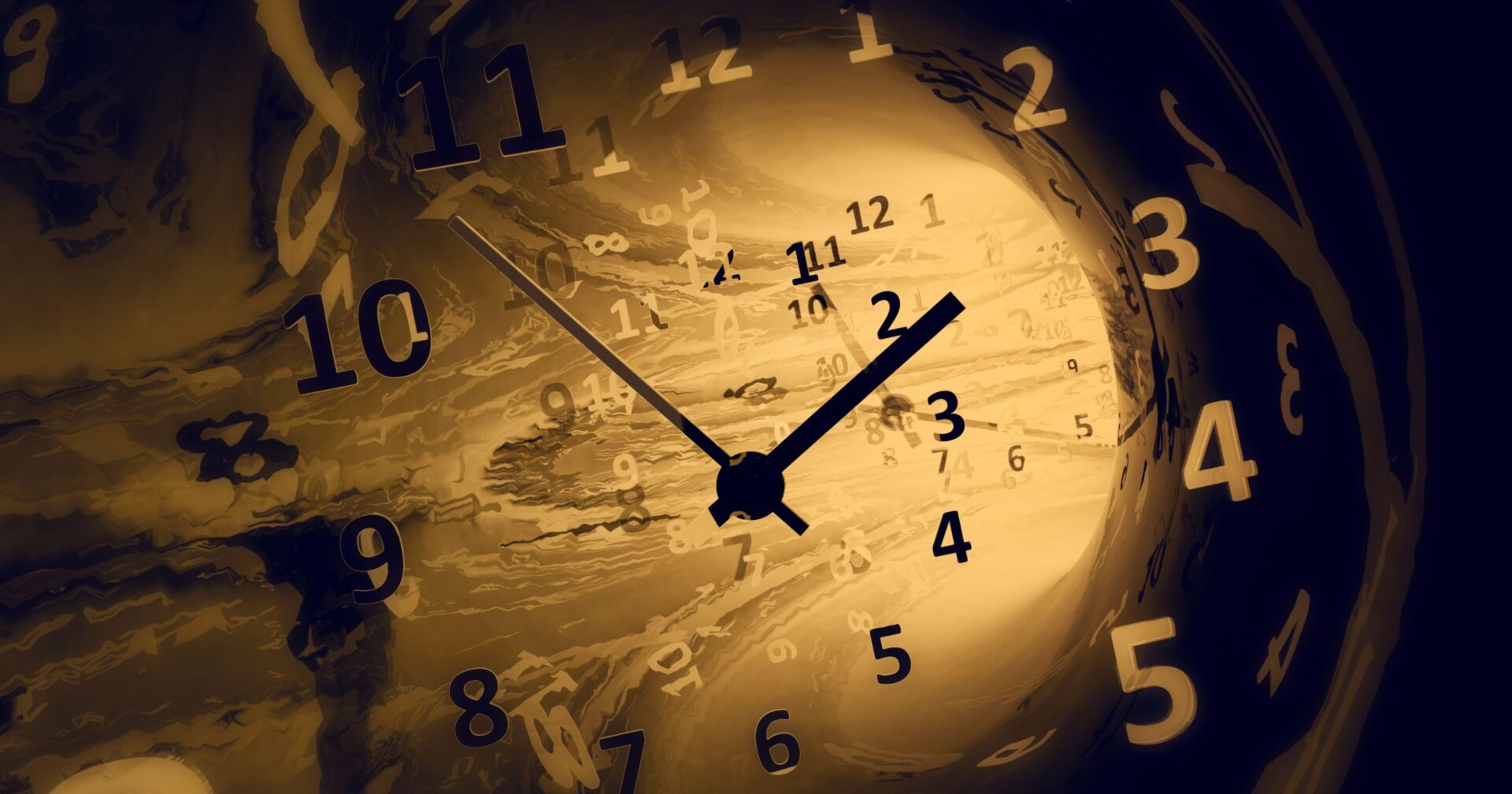Father Pellegrino Ernetti, a Benedictine monk, musicologist and physicist, left the world spellbound with his claims about a time-observing device called the “Chronovisor.”
According to Ernetti, this device was a collaborative creation, with acclaimed scientists, including Enrico Fermi and Wernher von Braun, being involved. The Chronovisor, more a “time television” than a traditional time machine, was designed to capture and display historical scenes in detail.
Ernetti’s audacious assertions ranged from witnessing speeches from the Roman Senate in 63 B.C. to observing the pivotal biblical moments. Intriguingly, the Italian publication, La Domenica del Corriere, even publicized a supposed Chronovisor-generated image of the Last Supper in 1972.
However, skepticism soon cast a shadow over Ernetti’s extraordinary tales. Critics pointed out resemblances between the alleged picture of Christ and a postcard image from Collevalenza, Italy. Further suspicion arose when parallels were found between the Chronovisor’s design and a device from a 1947 sci-fi novel.
The whirlwind of controversy only intensified when Ernetti reportedly admitted to fabricating the whole story on his deathbed. However, Father François Brune and journalist Peter Krassa contested this, suggesting Ernetti was coerced into retracting his Chronovisor claims.
As such, the truth behind Ernetti’s intriguing invention remains shrouded in mystery, leaving us to ponder: was the Chronovisor a groundbreaking scientific breakthrough or simply an elaborate ecclesiastical myth?
The Chronovisor was a time machine invented by Fr. Pellegrino Ernetti & 12 other scientists including Enrico Fermi and Wernher von Braun.
The device picks up echoes of the past allowing users to observe them in real time.
Allegedly it was used to witness Christ’s crucifixion. pic.twitter.com/A632U5AEIa
— Bruce Nagata 🗿🛸 (@weird_theory) March 25, 2022














